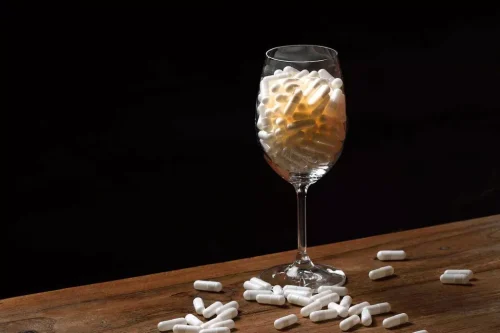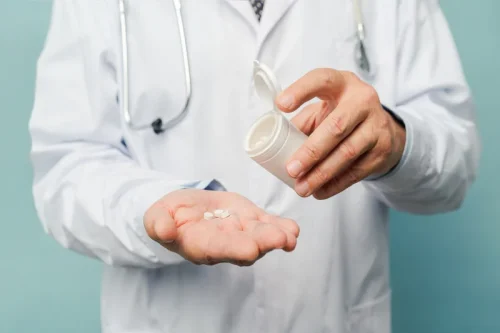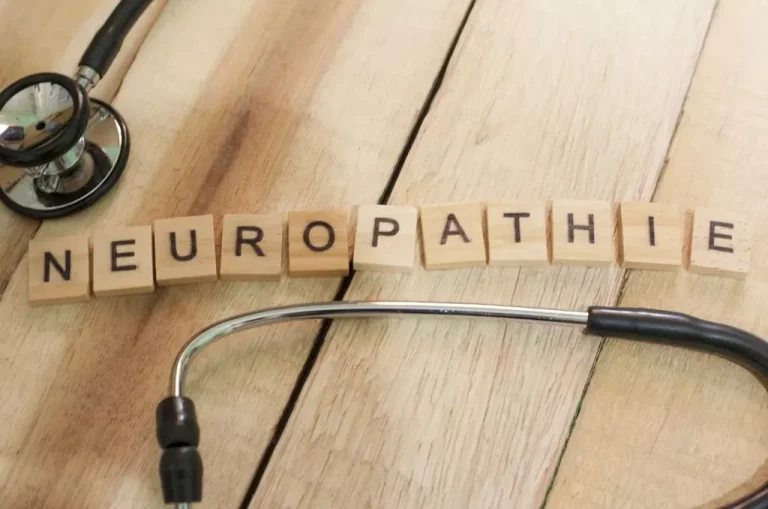Teenage Alcoholism: High-Risk Underaged Alcohol Abuse

There have been reports of people dying the first time they use cocaine, often from sudden cardiac arrest, respiratory arrest, or seizures. Here are some of the key statistics from the Monitoring the Future survey, which has been tracking youth substance use in the United States for over 40 years. Withdrawal from alcohol can also involve teenage alcoholism hallucinations, confusion, seizures, fever, and agitation. Withdrawal is an important step in the treatment process, but it can be dangerous. While there is no exact formula to determining whether or not someone is an alcoholic, symptoms often co-occur. One symptom may snowball into another, fueling additional problems down the road.

Teen Alcohol Abuse & Treatment Guide
- Call now to connect with a treatment provider and start your recovery journey.
- If you suspect that you or someone you love has alcohol poisoning – this is a medical emergency.
- Caregivers can prevent teen drug abuse by knowing the signs and talking to their children about the consequences of using substances.
- Alcohol abuse can often be hidden or disguised among drinkers who believe that because they only drink socially, their use is not problematic.
- Underage drinking is a serious public health problem in the United States.
Especially for kids who are at higher risk of alcohol or other drug addiction, paying attention to early signs of trouble can reduce the likelihood of a future problem. If you feel that you sometimes drink too much alcohol, or your drinking is causing problems, or if your family is concerned about your drinking, talk with your health care provider. Other ways to get help include talking with a mental health professional or seeking help from a support group such as Alcoholics Anonymous or a similar type of self-help group.
- There are also behavioral, physical and environmental factors that may play a role in the risk of adolescent alcohol abuse.
- Because denial is common, you may feel like you don’t have a problem with drinking.
- Do not dispose of medications by flushing them down the toilet or pouring them down the sink.
- The World Health Organization has set a safe limit for fluoride in drinking water of 1.5.
- When drinking alcohol, their ability to make smart, informed decisions significantly decreases.
Mental Health Services

By age 15, at least half of adolescents report having had at least one drink; by 18, that number climbs to 70%. Almost 8% of teens who drink say they binge drink, or drink five or more alcoholic drinks in a row. If someone suffers from one or more of these adverse effects of alcohol abuse, it does not necessarily make them an alcoholic or alcohol dependent. However, as with any substance abuse, these can be the first signs of addiction. Research has demonstrated that as many as one in five children/youth have a diagnosable mental health disorder.
Charitable Care & Financial Assistance

There are several warning signs that people can look for when trying to identify alcoholism in themselves, a friend, or a family member. You may have noticed a change in their behavior or personality or the way they act when they drink. You could notice physical effects of alcohol use, like red eyes or slurred speech. If there are children involved, they may show more aggressive behavior than before. Alcohol use disorder is a chronic and progressive disease that can be fatal.
- The younger a person begins drinking, the more likely they are to be affected by alcoholism later in life.
- Being aware of your teenager’s views regarding alcohol and other drug use can be a valuable tool in identifying risk and taking a preventative stance in their lives.
- Adolescence brings with it changes in physical appearance, social skills, emotions, and intelligence.
- While, binge drinking does not necessarily make you an alcoholic, it is one of the primary contributing factors to teenage alcoholism.
What are the causes and risk factors of teen alcoholism?
He ordered the EPA to take steps to lower that risk, but didn’t say what those measures should be. If you’re trying to start a conversation with your teen because you think they may be using drugs, their response to being confronted will determine how you’ll need to approach the conversation. While they may not express it, teens do value bonds with the adults in their lives. Nurturing that connection with them includes being involved in their lives and having open, honest communication. Withdrawal symptoms from cocaine include restlessness, paranoia, and irritability.
Effects of alcohol overdose and withdrawal
Alcohol use and underage drinking, the usage of alcohol before the minimum drinking age of 21 years, among teens is on the rise. Underage drinking is a widespread public health concern that poses far greater risks than any potential benefits. In order to begin the recovery journey from alcohol addiction, the body must first go through a process of detoxification. The detox period aims to remove all physical traces of alcohol from the body and allow time for the mental associations and habits around alcohol to reduce. Unfortunately, those who have developed a severe alcohol addiction from prolonged periods of drinking will have built a high dependence, meaning they may suffer severe withdrawal symptoms during detoxification.
Alcohol Withdrawal
Read about the mental health challenges facing teenagers at Healthline and Psych Central’s Youth In Focus series, which shares useful tips, resources, and support. Being aware of your teenager’s views regarding alcohol and other drug use can be a valuable tool in identifying risk and taking a preventative stance in their lives. Talking with your teenager about the realities of substance use can powerfully impact their perceptions; don’t be afraid to finish a conversation that society has started. The good news is that science has defined tangible early warning signs and symptoms that, if recognized and addressed, can help adults steer kids away from risks that could make them more vulnerable to addiction. Alcohol use disorder is a pattern of alcohol use that involves problems controlling your drinking, being preoccupied with alcohol or continuing to use alcohol even when it causes problems. This disorder also involves having to drink more to get the same effect or having withdrawal symptoms when you rapidly decrease or stop drinking.

What Are the Health Risks of Drug Abuse?
One of the most challenging aspects of addiction is that it is a progressive disease. Early warning signs can be hard to spot, and unhealthy patterns can develop into a full-blown substance use disorder (often referred to as substance abuse) if not addressed. Caregivers need to have an open line of communication with their teens and teach them about the risks of using drugs. It’s also important to know the signs of drug use and intervene early to help teens who are at risk for or have already developed substance use disorders. Other health problems like allergies, sinus infections, hormone imbalances, or mental disorders can also cause these symptoms in teens.
Fluoride can come from a number of sources, but drinking water is the main source for Americans, researchers say. Nearly two-thirds of the U.S. population currently gets fluoridated drinking water, according to CDC data. In 1950, federal officials endorsed water fluoridation to prevent tooth decay, and they continued to promote it even after fluoride toothpaste brands hit the market several years later. The EPA — a defendant in the lawsuit — argued that it wasn’t clear what impact fluoride exposure might have at lower levels. But the agency is required to make sure there is a margin between the hazard level and exposure level. And “if there is an insufficient margin, then the chemical poses a risk,” Chen wrote in his 80-page ruling Tuesday.

Laisser un commentaire